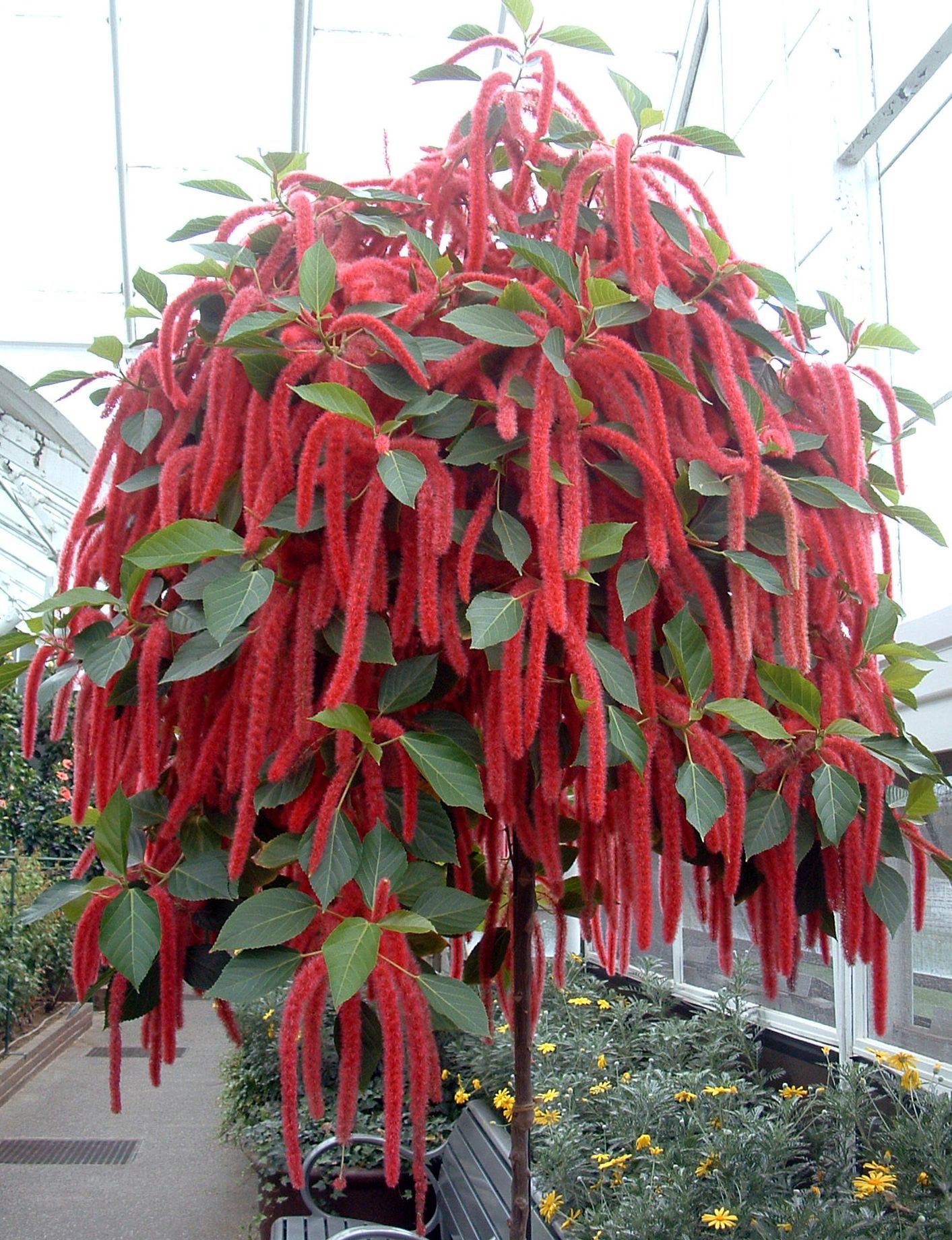|
||||||
Free Aechmea Fasciata Plants One of the most popular bromeliads, the Aechmea produces a long, brightly coloured flower head from a rosette of arching, saw-edged leaves. The leaves form the central cup or ‘urn’ from which the plant gets its common name, and which it uses in its natural environment to catch rainwater. Ifthe plant is to thrive indoors, this reservoir should be kept topped up with fresh water. As it is an epiphytic or tree-living plant, it produces a very small root system, and can easily be kept in a 13cm (5in) pot. The flower spike is produced when the plant is three or four years old, and remains attractive for about six months. After flowering, the plant will produce two to three offsets at the base, which grow to maturity as the mother plant dies. When they are large enough the offsets can be potted up singly. Plant type : Flowering bromeliad with erect, radiating habit Season of interest : All year round Size : 45-60cm (18-24in> Flower : Small, blue and red, produced amongst many spiny bracts at end of 45cm (18in) pink spike, usually produced spring or summer, but sometimes at other times Leaf : Broad, arching, strap-shaped, with a serrated edge, 30-60cm (12—24in), dark green with silver-grey coating Temperature : 16-21°C (60—70°F) Aspect/Light : Moderate to full light Humidity : Moderate to high humidity Watering : Keep 'urn' formed by rosette of leaves filled with water throughout year Feeding : Once a month with half strength houseplant fertilizer in spring and summer Propagation : Remove offsets when half to two thirds the size of the mother plant in spring to early summer Potting : Houseplant potting compost and sphagnum moss peat in equal parts Problems : Aphid on flower spike, root mealy bug Availability : Quite commonly available, usually from late spring to mid summer Uses indoors : Good for lounge or dining room Other varieties : A. chantinii- reddish-orange flower spike |
||||||
|
||||||
